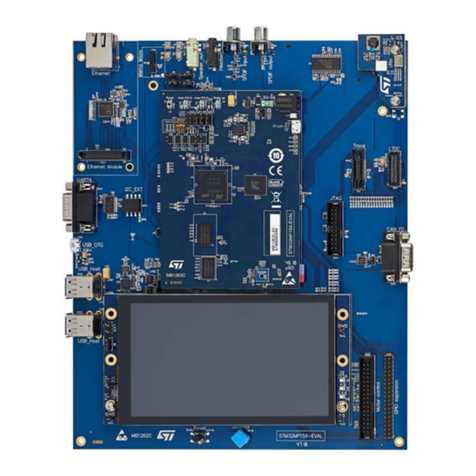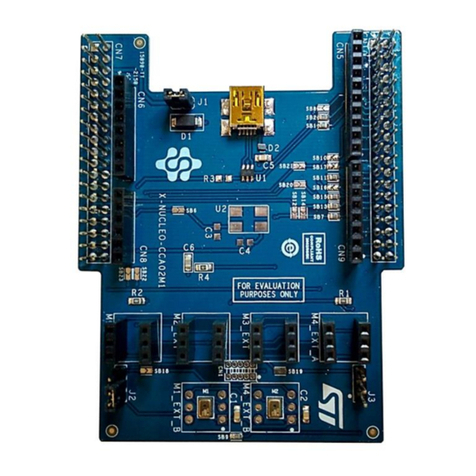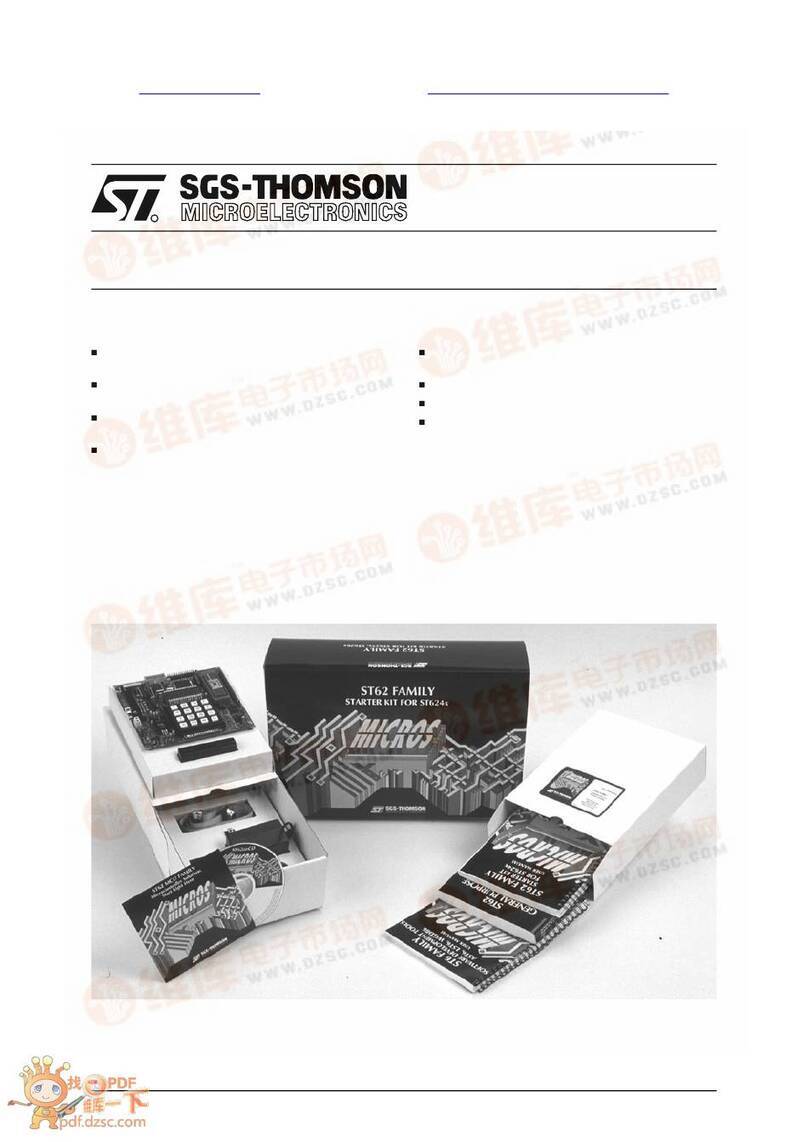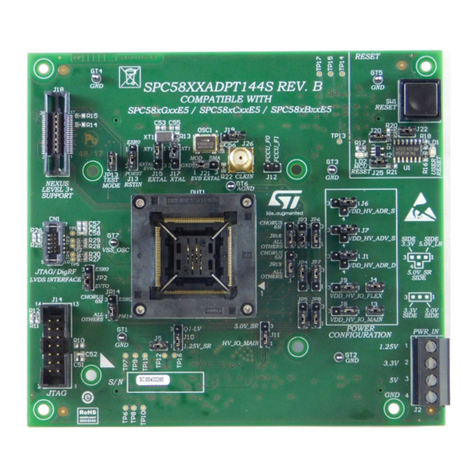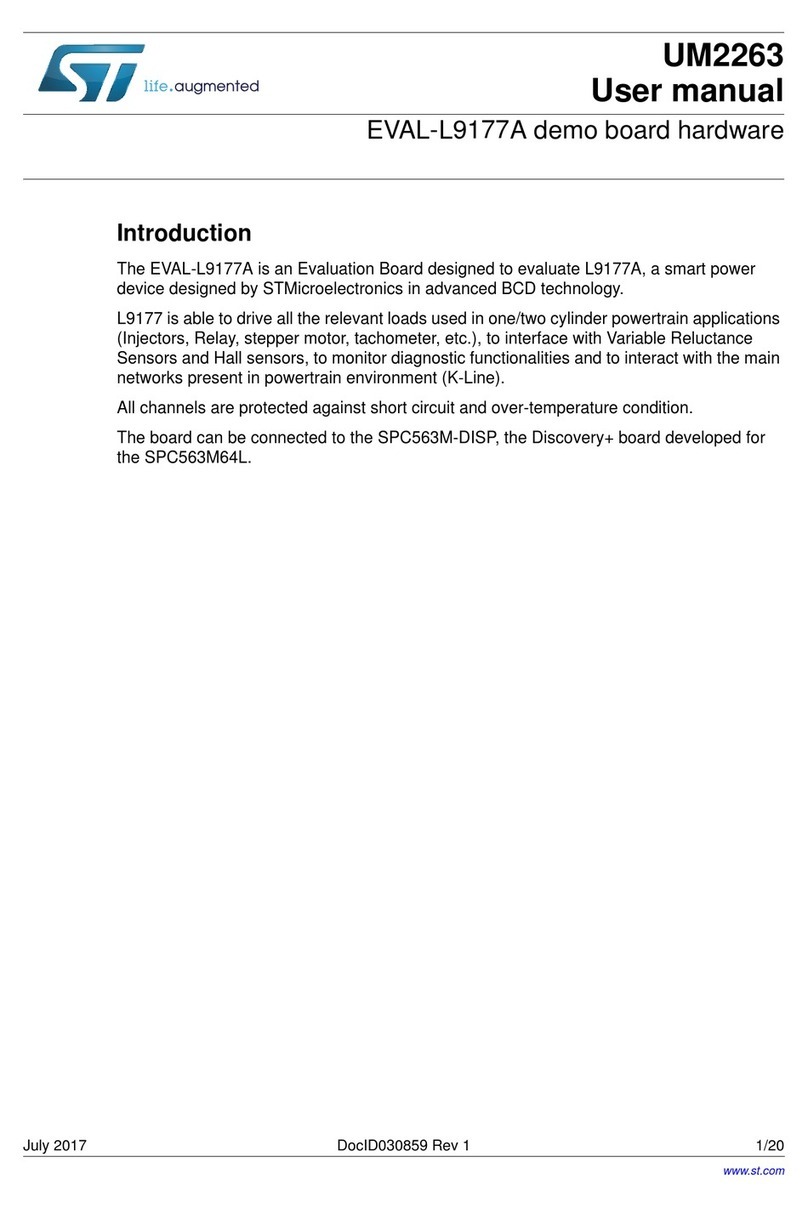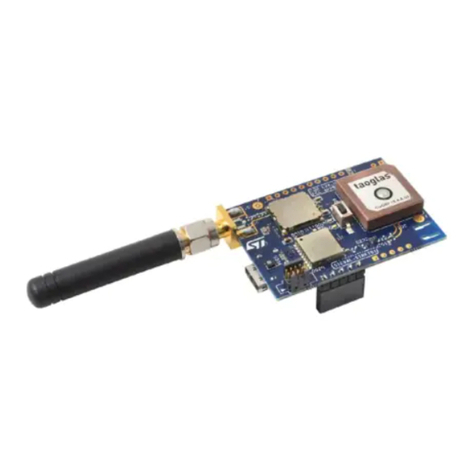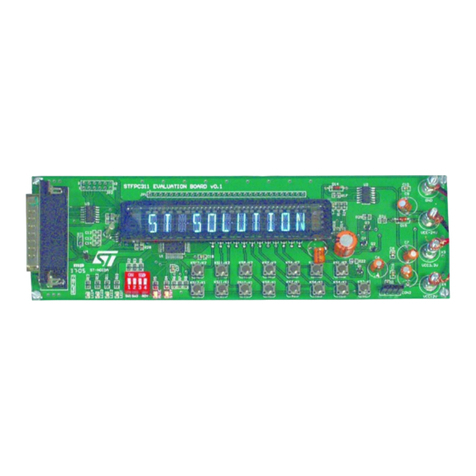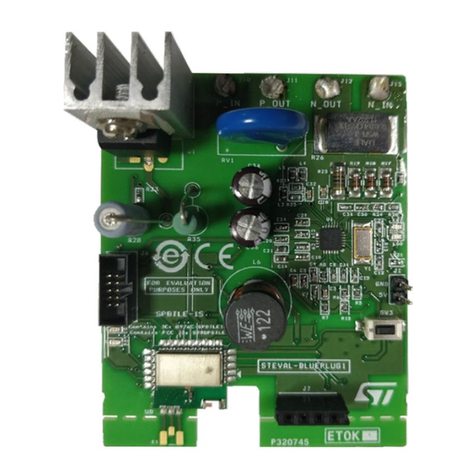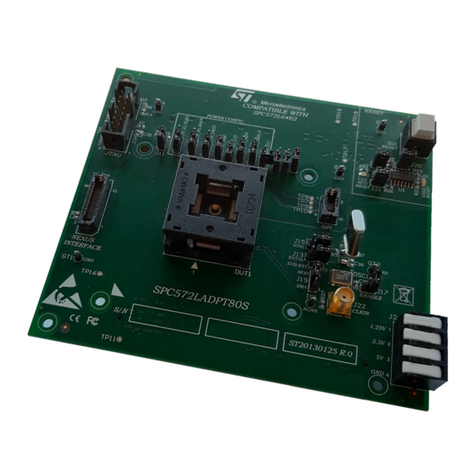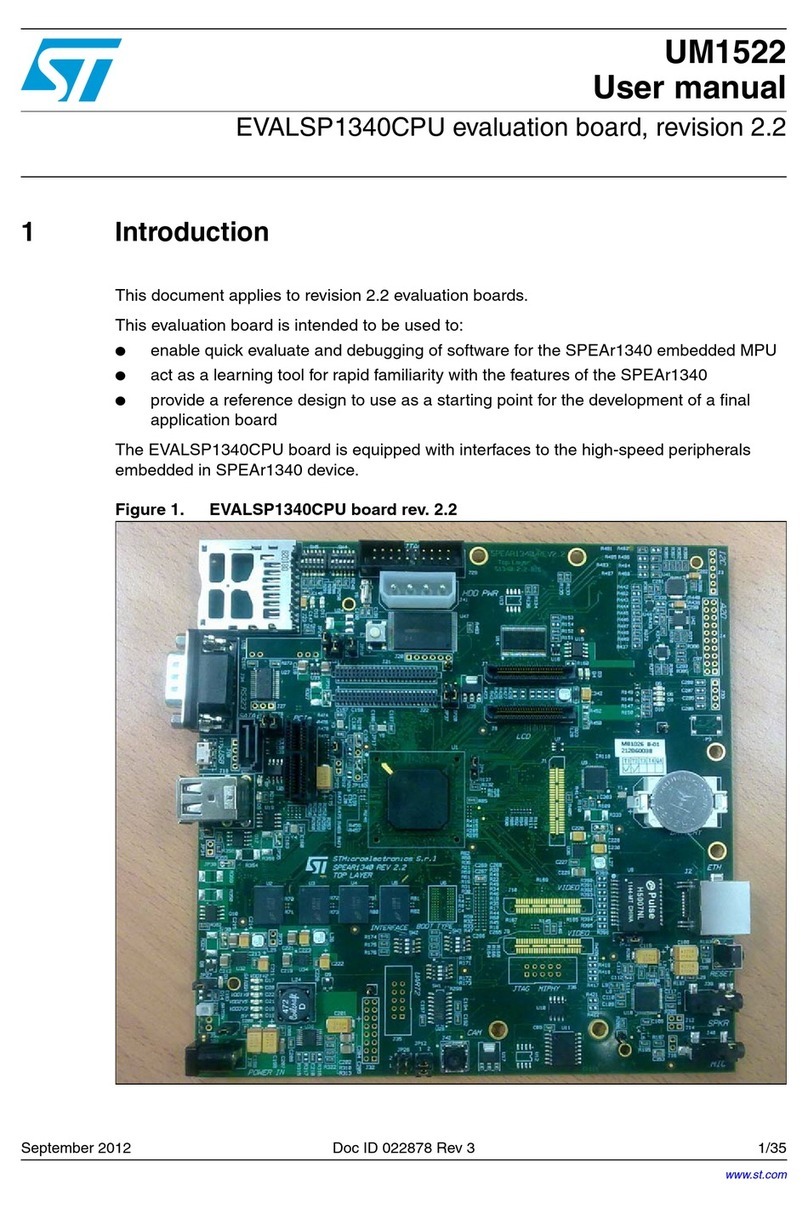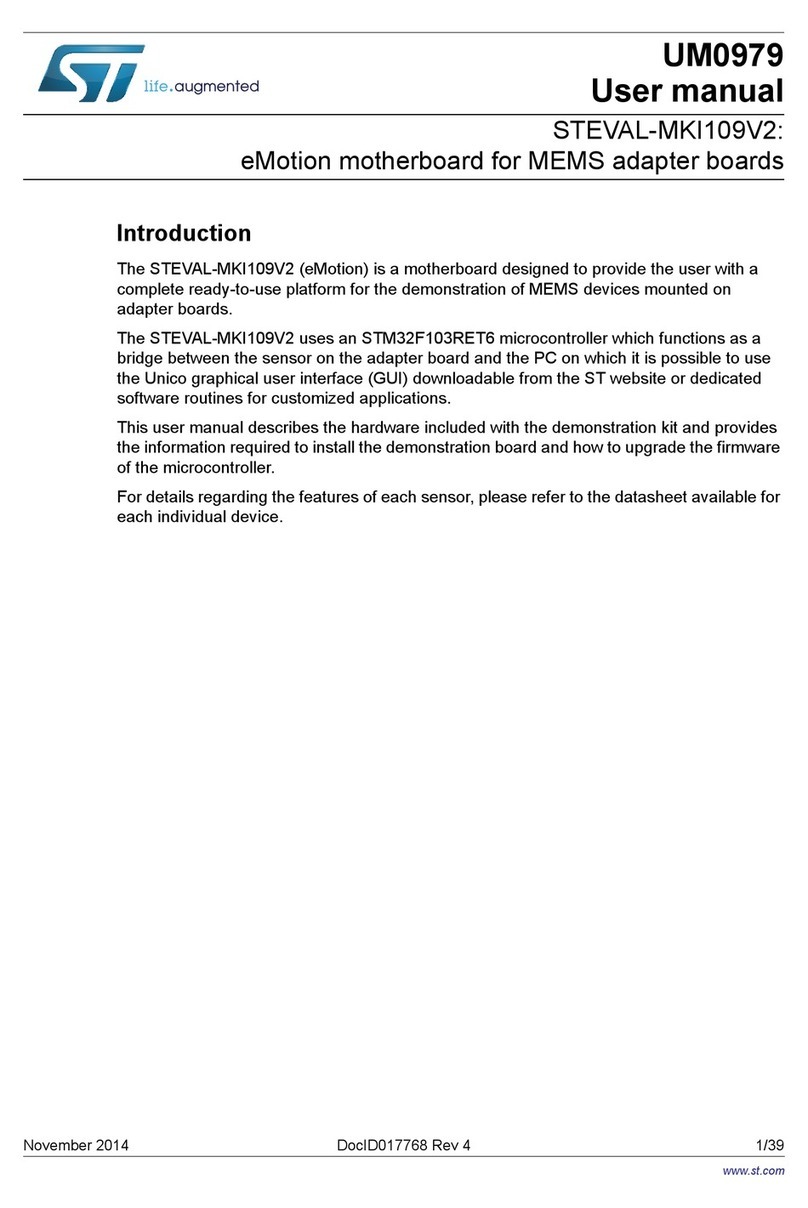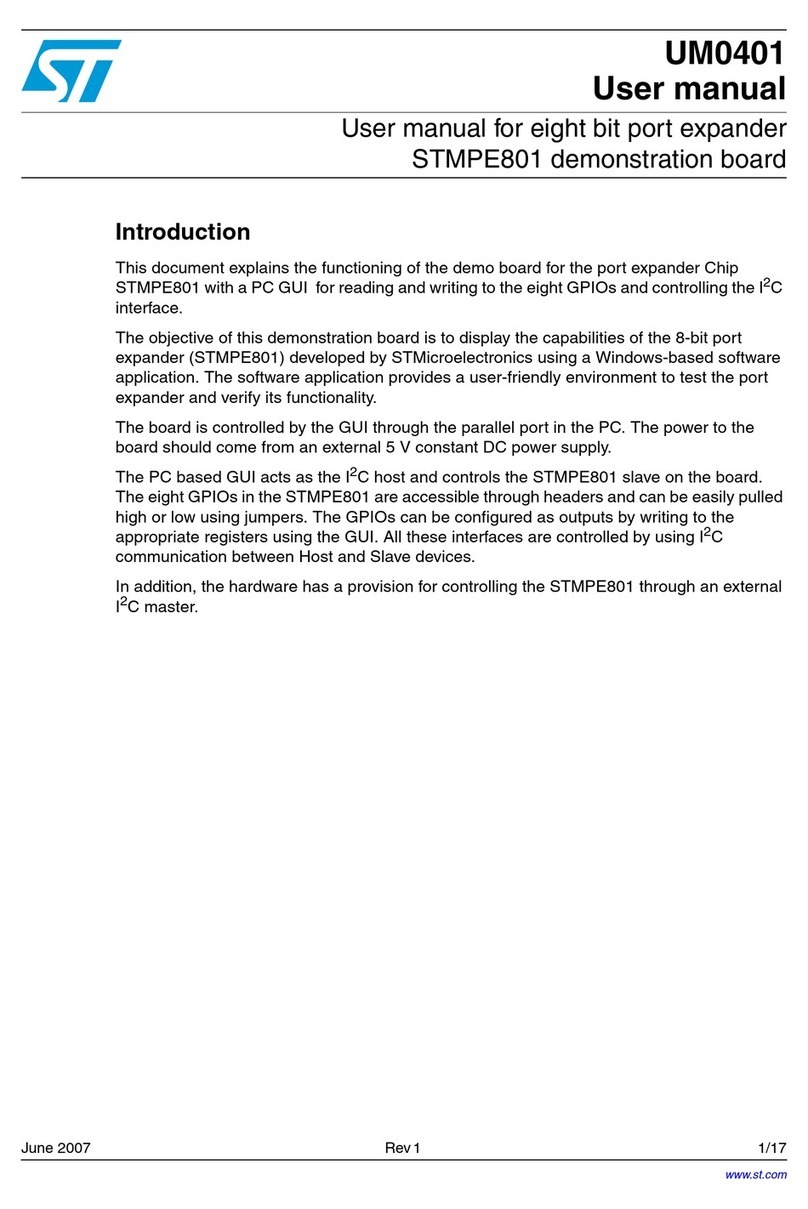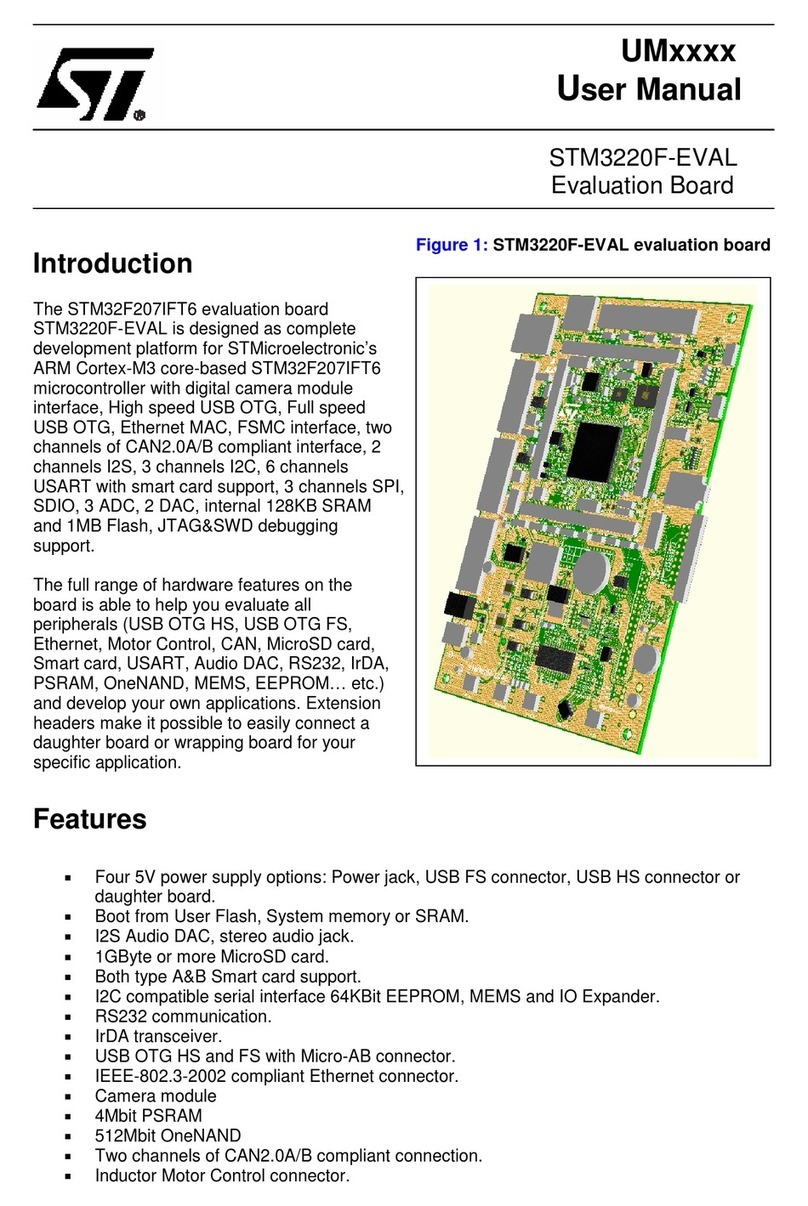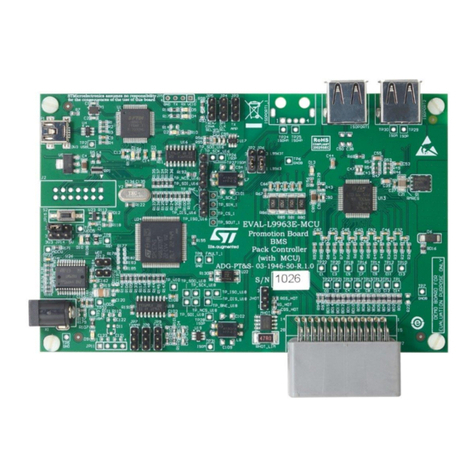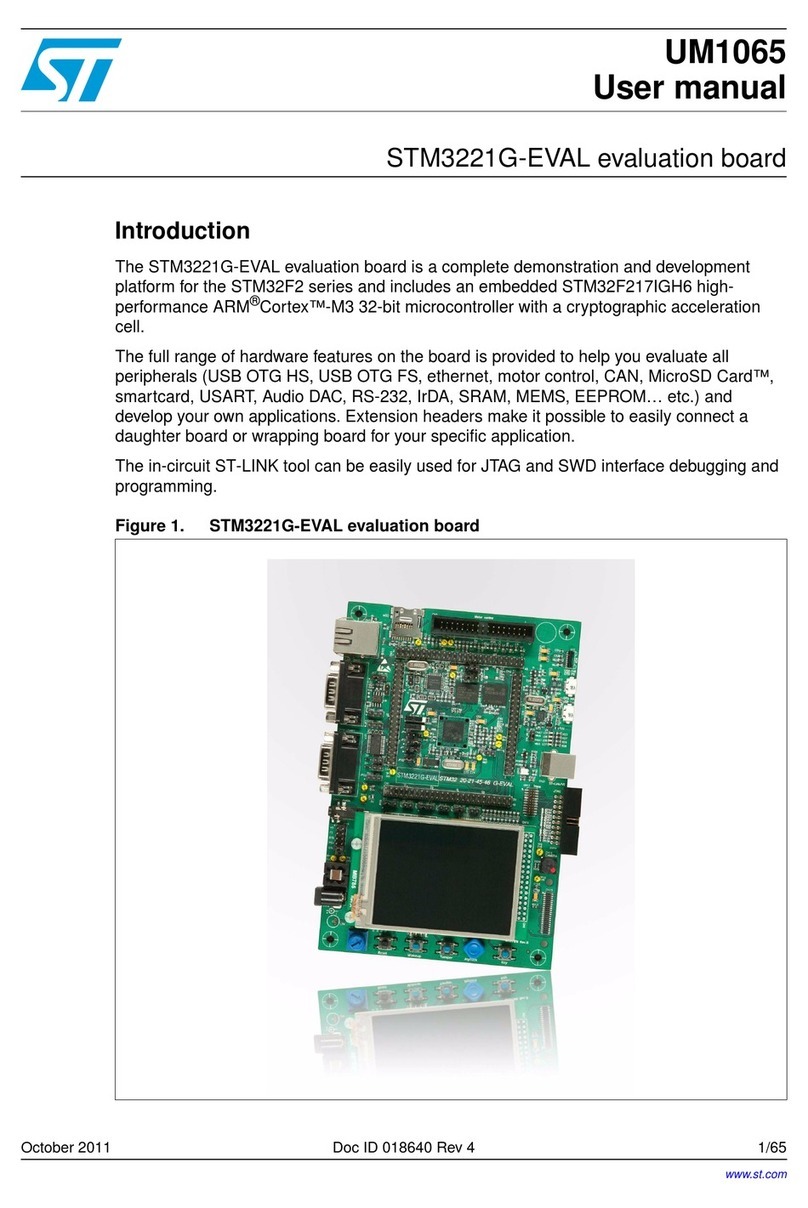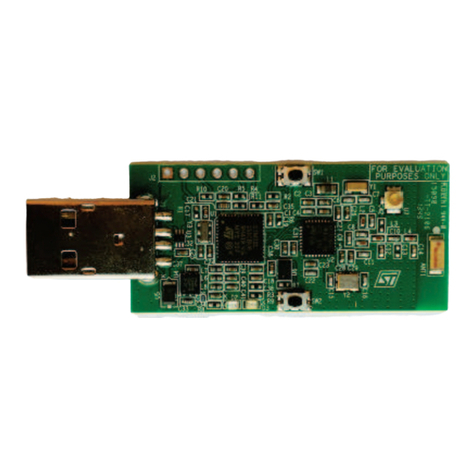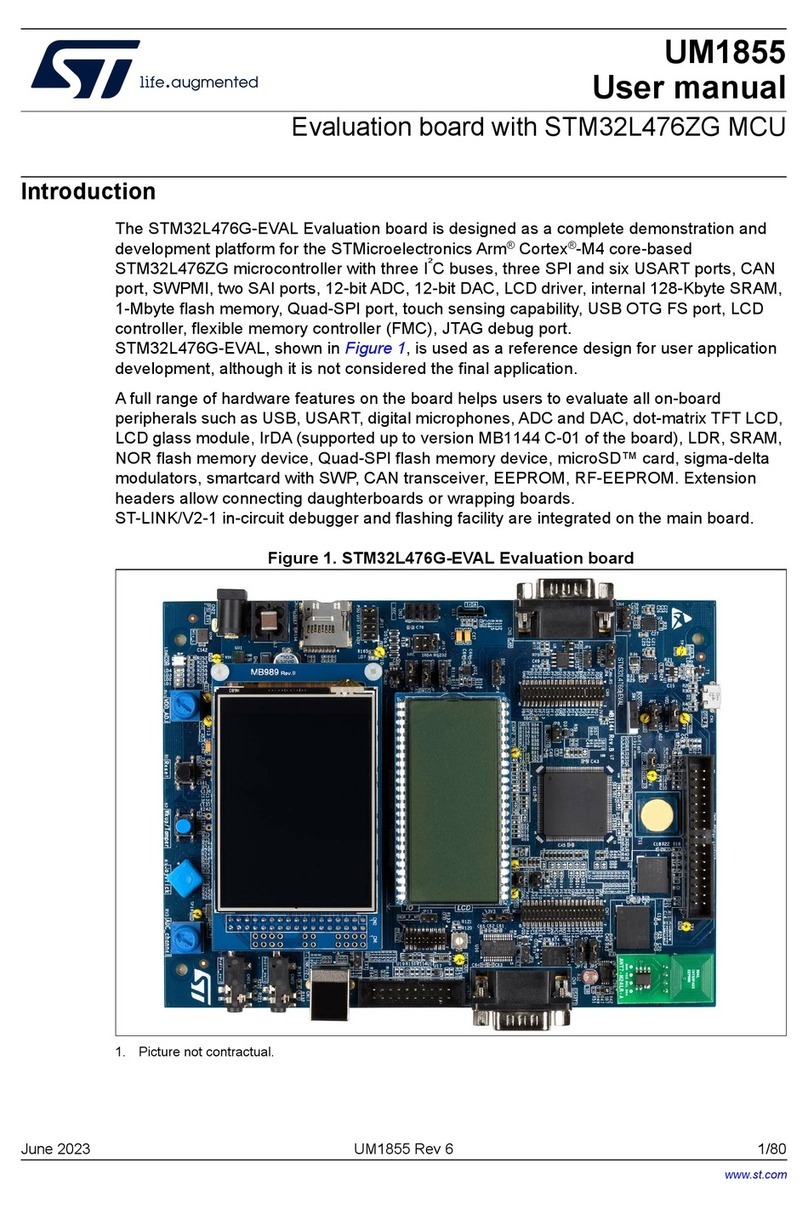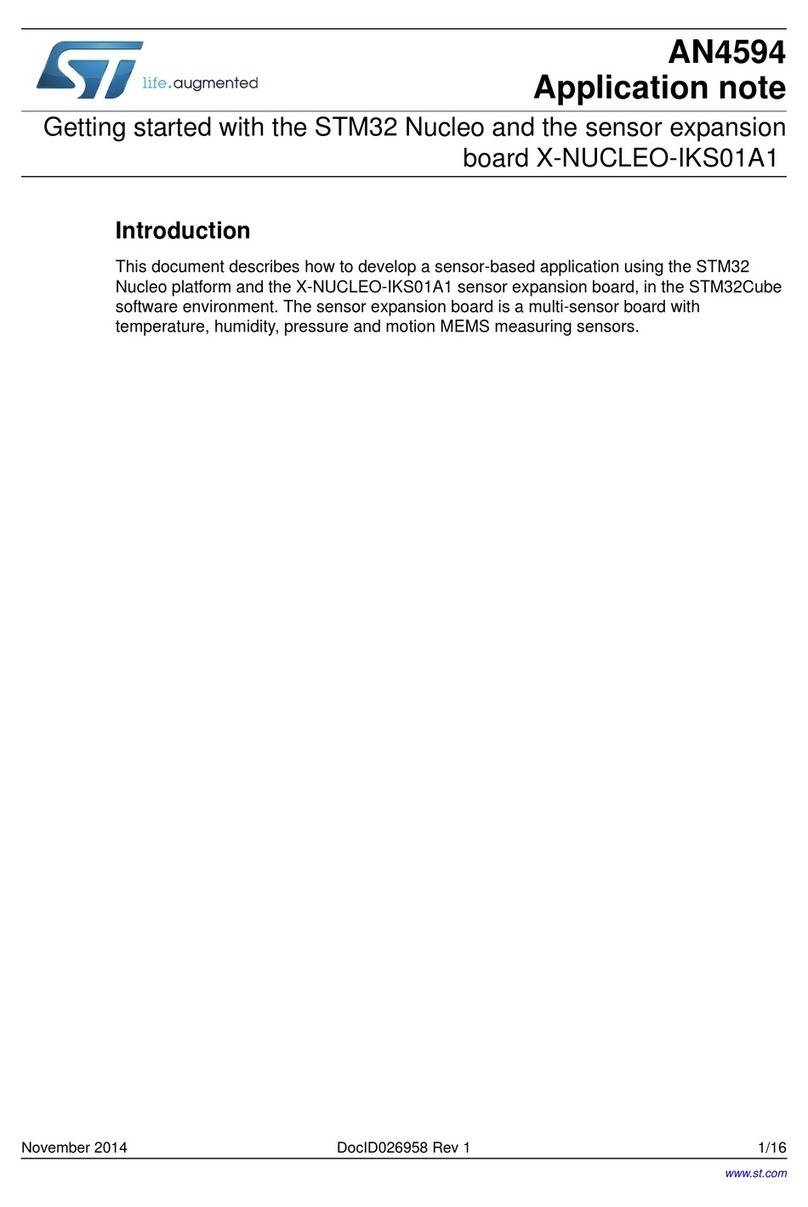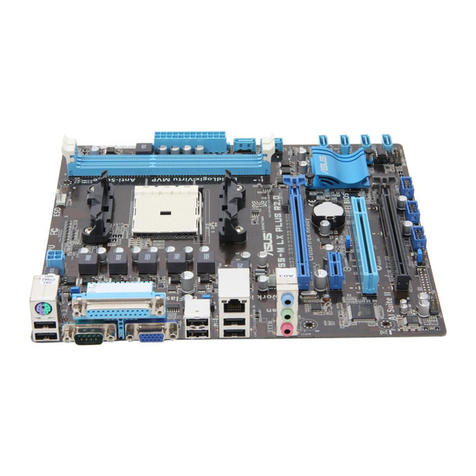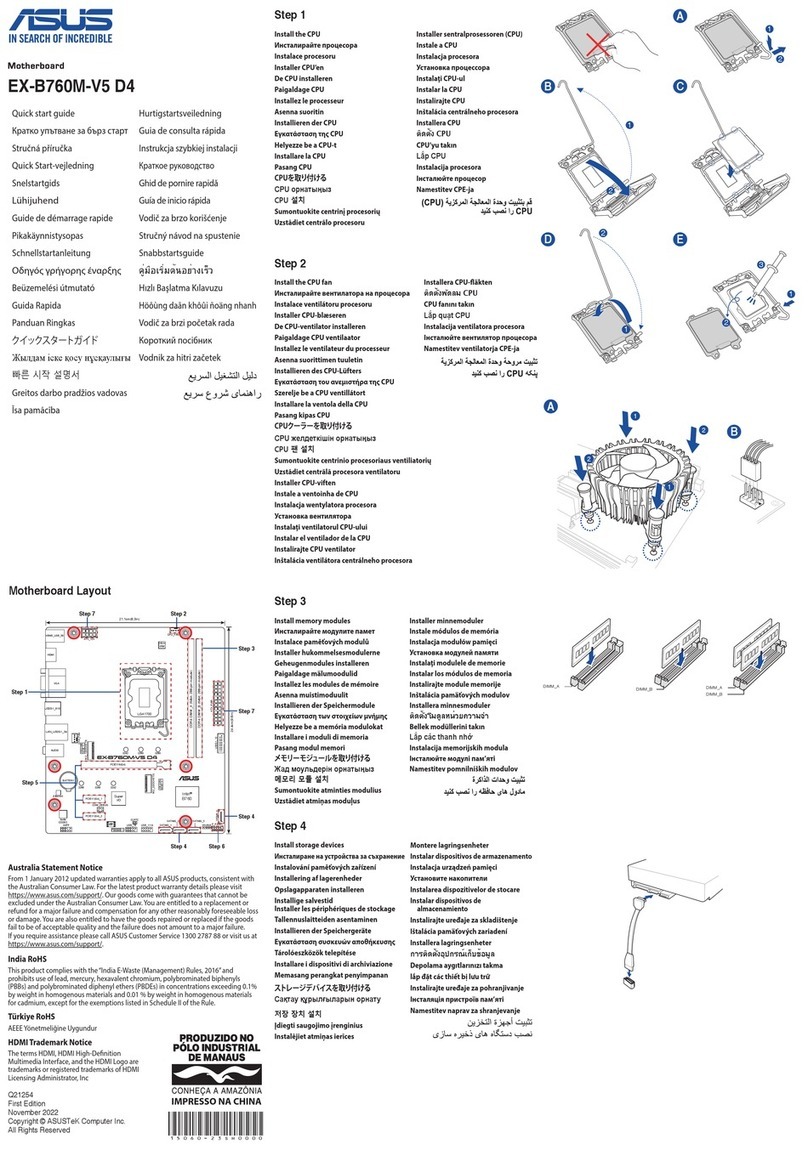
UM0428 Safety and operating instructions
5/27
2 Safety and operating instructions
2.1 General
During assembly and operation, the IGBT power module eval kit poses several inherent
hazards, including bare wires, moving or rotating parts, and hot surfaces. There is danger of
serious personal injury and damage to property, if it is improperly used or installed
incorrectly.
All operations involving transportation, installation and use, as well as maintenance should
be carried out by skilled technical personnel (national accident prevention rules must be
observed). For the purposes of these basic safety instructions, "skilled technical personnel"
are suitably qualified people who are familiar with the installation, use, and maintenance of
power electronic systems.
2.2 Reference design board intended use
The IGBT power module eval kit boards are components designed for demonstration
purposes only, and shall not be used for electrical installation or machinery. The technical
data as well as information concerning the power supply conditions shall be taken from the
documentation and strictly observed.
2.3 Reference design board installation
The installation and cooling of the reference design boards shall be in accordance with the
specifications and the targeted application.
●The motor drive converters shall be protected against excessive strain. In particular, no
components are to be bent, or isolating distances altered during the course of
transportation or handling.
●No contact shall be made with other electronic components and contacts.
●The boards contain electrostatically sensitive components that are prone to damage
through improper use. Electrical components must not be mechanically damaged or
destroyed (to avoid potential health risks).
2.4 Electronic connection
Applicable national accident prevention rules must be followed when working on the main
power supply with a motor drive. The electrical installation shall be completed in accordance
with the appropriate requirements (e.g., cross-sectional areas of conductors, fusing, PE
connections).
2.5 Reference design board operation
A system architecture which supplies power to the IGBT power module eval kit boards shall
be equipped with additional control and protective devices in accordance with the applicable
safety requirements (e.g., compliance with technical equipment and accident prevention
rules).
